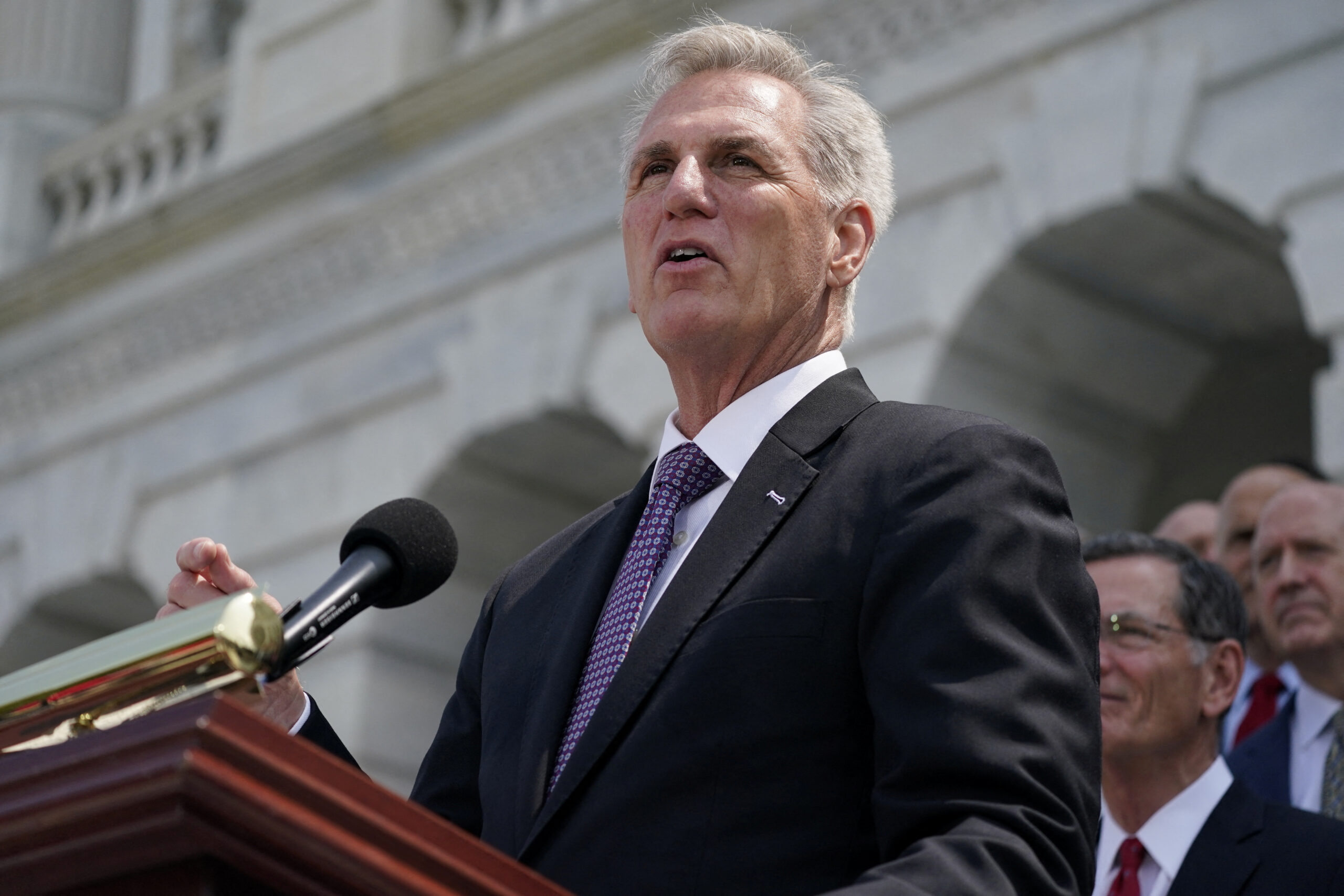Almost every day, there is a new warning of how the US not raising the debt ceiling will cause a cataclysmic debt default that will reverberate through global financial markets.
“The default would cause interest rates to skyrocket,” says the CEA. It would unleash an “economic and financial catastrophe” according to Janet Yellen. “It would have very significant, hard to predict, and likely lasting effects on investors, issuers, and markets alike,” argues Gary Gensler.
Last week the former and current chairs of the Treasury Borrowing Advisory Committee (a club of banks and investment groups that advises the government on its debt issuance) warned that “any delay in making an interest or principal payment by Treasury would be an event of seismic proportions”:
The role of the Treasury market as backbone of the entire financial system cannot be overstated. As evidenced in March-2020, Treasury market dysfunction will rapidly propagate into other markets, harming American consumers, businesses, and municipalities alike. Trading in and financing of U.S. Treasury securities would be called into question, leaving the market without a benchmark pricing curve and causing investors to pull back from fixed income and equity markets. Market intermediaries would reduce liquidity provision amidst increasing volatility, heightened operational risks, and concerns about credit worthiness and collateral eligibility. The validity of Treasuries as eligible collateral for margin would be called into question, with devastating consequences for interest rate derivative, commodity, and mortgage markets.
Basically, dogs and cats living together.
However, things aren’t quite that simple, especially when finance and politics collide. As weird as it sounds, you could see Treasuries end up rallying if the US really does run out of money and the debt ceiling isn’t increased.
Basically, all the above warnings are probably true, which is why the US government will never ever default.
As Barclays’ Ajay Rajadhyaksha (and a former TBAC member) wrote in Alphaville earlier this year, the Treasury and the Federal Reserve have already made clear from previous ceiling stand-offs that debt servicing would be prioritised. The Republicans have given the Democrats political cover to do so by proposing a bill that would even compel them to do so.
The White House has kicked up some dust around this and loudly talked about the terrible dangers of a debt default to put pressure on the Republicans. Yellen, for example, has argued that “prioritisation is effectively a default by just another name”.
Except it really really isn’t.
Since 1976 there have been 22 US government shutdowns because of US government budget appropriations shortfalls, 10 of which led to unpaid furloughs for non-essential federal workers. As incredibly stupid as they were (and annoying/terrible for people directly affected) no one was saying that was even remotely akin to an actual US Treasury default.
So, while there could conceivably be an accident if the Treasury doesn’t keep enough tax income in reserve to cover all bonds and bills as they come due, the smart money is on the US government avoiding a debt default even after “x-date”.
The White House will just slash all other spending — Medicare cheques, military salaries etc — and force the Republicans to wear the political fallout.
HOWEVER, this would obviously lead to an economic calamity. Wendy Edelberg and Louise Sheiner of the Brookings Institution estimate that the immediate spending cuts would be incredibly painful.
If the debt limit binds, and Treasury were to make interest payments, then other outlays will have to be cut in an average month by about 25 percent. That would be necessary because the Congressional Budget Office expects close to 25 cents of every dollar of non-interest outlays to be financed by borrowing in 2023. If Treasury were to prioritize interest payments as well as Social Security payments, as some commentators have suggested they could, other payments to people, businesses, and agencies would see even more substantial cuts of roughly one third.
Ajay argued the economic cost probably wouldn’t be felt immediately, because most people who would suddenly miss a cheque would still feel confident that it will arrive soonish anyway. Perhaps. But a lot of federal workers probably don’t have a lot of savings to draw down while they wait for their paychecks.
Given the backdrop of already-tightening credit conditions, the result would be an almost certain, immediate and severe economic recession, which would deteriorate dramatically for every day the government spigots run dry.
Now, that would obviously be bad for financial markets in general, but Treasuries themselves are likely to rally.
Firstly, a US recession will help subdue inflation further and could spur the Fed into reversing some of its rate increases, and the safety of Treasuries is pretty attractive when stocks are puking. Secondly, the safety of Treasuries will actually have been burnished by the whole debacle, with the US government showing it would rather renege on payments to sick grannies and disabled soldiers than bondholders. That’s a pretty powerful signal.
Therefore the final result of crossing X-date without a debt ceiling deal could be similar to what we saw after S&P downgraded the US credit rating in 2011: a perverse but powerful Treasury rally. Markets move in mysterious ways.
A debt ceiling debacle might actually be good for Treasuries

